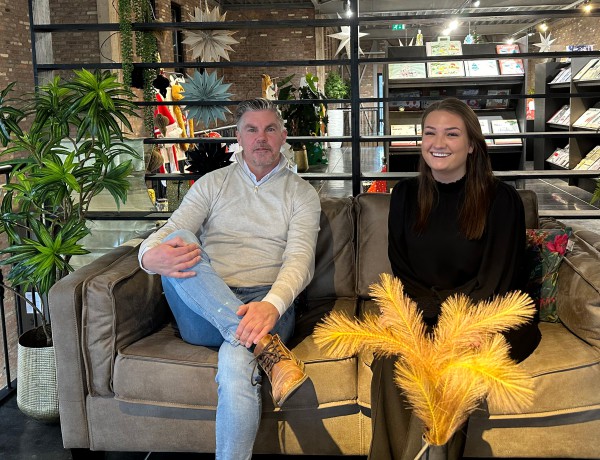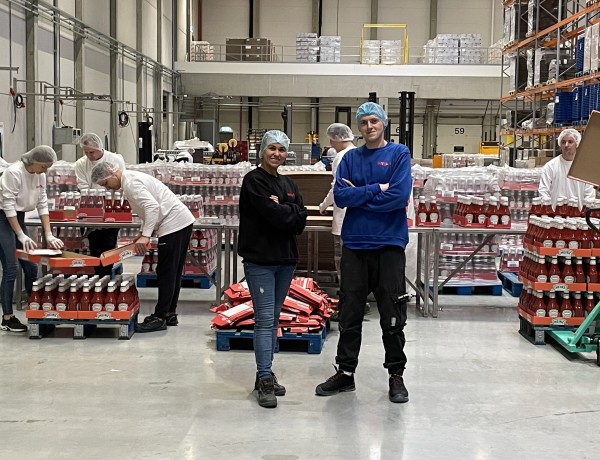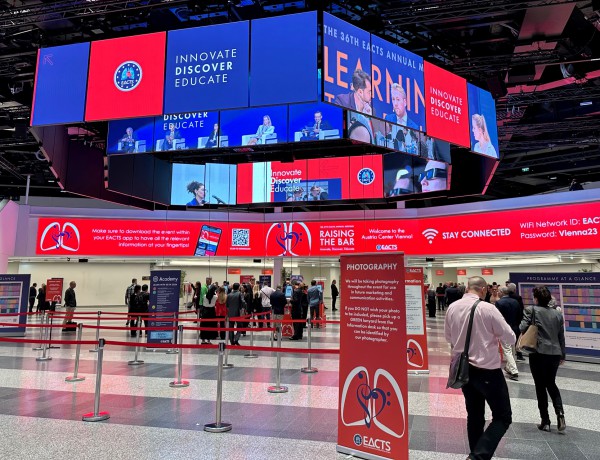The Vetipak site in Zeewolde is home to our successful long-term partnership with Bakker Logistics, part of the STEF group. It’s also where we work for Dynamic Products Factory, which develops creative products for the retail sector. We recently ensured that a multitude of party items in 3,300 displays reached their destinations with a well-known German retail chain. We joined forces to run the whole process from A to Z for D.P. Factory.
This is what the future of sales looks like
The occupation of sales professional had already been undergoing change for some time, but the COVID-19 pandemic of the past year has accelerated these changes. What does this mean on a day-to-day basis for companies, sales professionals, and customers? We share five insights gleaned from six insiders.
“Mark, the world around us is changing – and, of course, so is our profession. I’d like to bounce around some ideas with you about all this sometime. Would you be up for that?”
As it turns out, the phone call from Paul Kooijman, sales manager at Vos Logistics, couldn’t have come at a better time. If someone likes to look beyond the limits of their professional field, it’s Mark van der Burgt, our Chief Commercial Officer. And so he recently joined Paul Kooijman, Marco Brands of Verhees Textiles, Wouter Smeets of Daelmans, Roel Muskens of Brushcom, and Dick Hubertus of HIP Capital for an enlightening discussion.
These six seasoned sales professionals operate in the logistics, contract packing, food, textile, manufacturing, and financial services industries. Besides each of them running a business in the city of Oss in the Dutch province of North Brabant (or spending a lot of time there for work), they have something else in common: they all stay on top of trends in their respective industries and are eager to continue developing in their field.
Five insights
We asked Mark to give us a recap of the afternoon’s discussion, so he outlined five key takeaways for us below.
- COVID-19 has permanently changed the sales business. It will become more of a hybrid profession going forward, in which we’ll all spend less time traveling and will collaborate more online. Mark cites the example of the virtual tours he has recently begun offering customers from all over Europe, giving them a fascinating glimpse into the world of Vetipak.
- New generations are coming up – and they have new needs. On-demand services, permanent availability, anywhere/anytime accessibility: all these trends require us to think and act on our feet. This makes it more important than ever to ensure that the organization, resources, and processes run as efficiently as possible, so that nothing stands in the way of rapid action
- Yet we’ll also see less of a “hit-and-run” approach to sales. It’s increasingly about collaboration and finding opportunities together. So instead of connecting with each other every quarter, we’ll reach out once a month or even once a week: short and sweet, but enough to really be able to build lasting relationships and adapt to trends in each other’s field
- This does create a sort of balancing act. While virtual collaboration has been extremely successful, we must not neglect face-to-face interaction, as being on the same wavelength, trusting each other and establishing rapport with one another are such essential parts of any collaborative relationship. And that does require in-person interaction, including taking the time to go out for a bite to eat together or visiting the client to get a feel for their company.
- Sales professionals need new skills. This is because the business increasingly revolves around data: both financial data and data relating to market demand, production capacity, and the customer journey. This has made going into sales more appealing to people with backgrounds in data science, data analytics, and web technology. Sales organizations, for their part, must realize they need to step up their game in this area.
According to Mark the biggest takeaway of the day may be the value of regularly getting together and exchanging ideas with people from other industries. “The fact that the sales business can be so different depending on the sector or industry leads you to all kinds of new insights, which you can then apply to your own situation. If it’s up to me, this was the first of many such meetings!”


